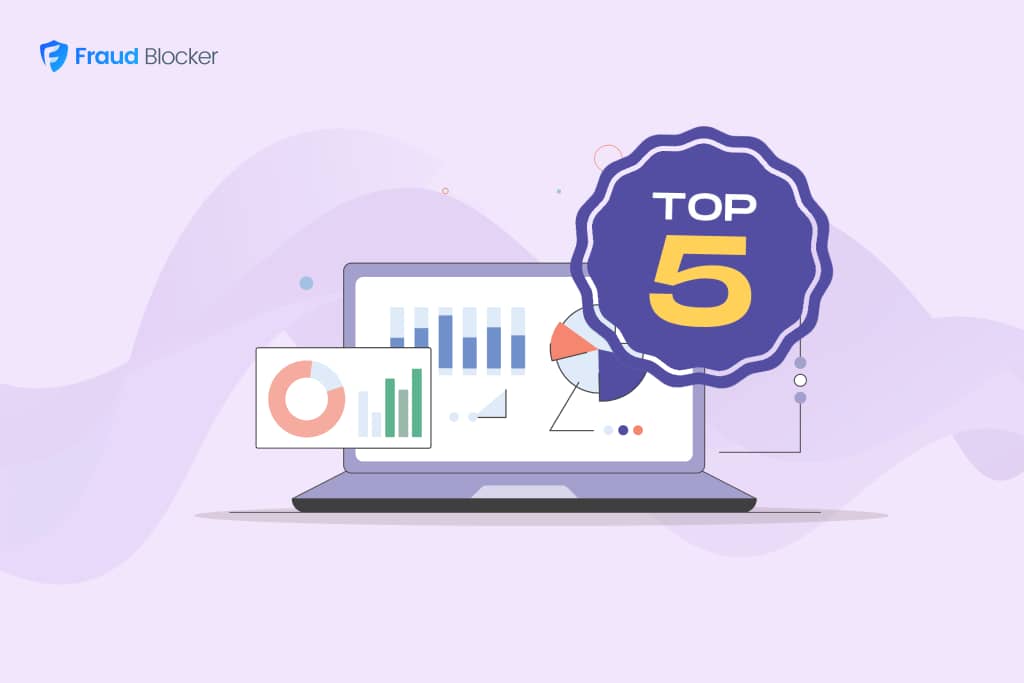
NEW New feature: Verify & block fake emails

We improve your ad performance by blocking click fraud and fake emails

Click fraud is costing advertisers billions in loses. Learn more here.

Click fraud is costing advertisers billions in loses. Learn more here.

“Fake clicks” are fraudulent or non-genuine clicks on online ads, links, or content. These clicks are typically generated by bots, automated scripts, or sometimes by individuals with malicious intent.
*A LOT*: 22% of your ad spend is lost due to fraud 😯.
Fake clicks can be hard to detect due to the sheer volumes of clicks large advertisers run. According to an independent and comprehensive study by Juniper Research, 22% of total ad spend is lost to fraud, amounting to $84 billion in wasted ad spending in 2023.
Juniper Research’s findings were based on an analysis of 78,700 data points, examining digital advertising activity in 45 selected countries across 8 key regions, spanning the years 2023 to 2028.
Click Bots – Bots are a major source of fake clicks because they can rapidly click ads across a large volume of websites. Bots can also create fake leads and fake accounts, such as on Facebook who recently revealed that 827 million of its accounts were fake and created by bots.
Click Spoofing – Scammy publishers and ad networks can fake the click data or ad reports that they provide to you, especially if you rely on ad performance reports directly from them without any tracking on your end.
See this incredible story on click spoofing from UBER: Uber Goes on Rare Legal Offensive, Suing Ad Agency for Fake Clicks.
Competitors – This can involve direct competitors using people to submit false data, disrupting your legitimate leads. While it may seem petty, it’s an effective tactic to drain a business rival’s ad budget and waste their valuable time. Typically, this is done by hiring click farms to mass-produce form submissions.
Accidental clicking – This is when a user accidently clicks on an ad that they have no intention of clicking on. It’s especially common on mobile devices with small screens or social media with endless scrolling.
Click farms – groups of individuals paid to click on ads—are used to simulate legitimate traffic. This tactic is particularly common in regions with lower labor costs, where click farms can generate massive amounts of fake clicks at a low cost.
Bad affiliates – The main goal of affiliates is to earn commissions without providing any real service or product. So if you’re paying affiliates simply based on total clicks, then they can be incentivized to artificially inflate the number of clicks to increase their payouts, making it appear as though they are driving more traffic than they actually are.
There are a few reasons why bad sources click on your ads:
To drain your ad budget – Competitors can click on your ads to drain your ad budget so they can preform better and reach more customers than you. This is especially common in local business such as home services (e.g. plumbers, handymen, cleaners). Learn more about how to stop competitors from clicking on your ads.
To make money for them – Nefarious publishers, affiliates, ad networks and agencies, are incentivized to boost click levels to increase their revenues. This is especially true when an advertiser is running solely on a click-based payment agreement, such as cost-per-click, instead of cost-per-conversion or cost-per-acquisition (CPA) where the publisher has greater responsibilty to drive high-quality users.
To disrupt your marketing analytics – Although less common, fake leads can be used to distort your data, making it harder for you to make informed marketing decisions. The same tactic is often applied to falsifying poll and survey results, leading to misleading insights.
Here are some critical steps you can take to prevent fake clicks from happening in your campaigns:
Screenshot of Fraud Blocker’s dashboard to prevent fake clicks


